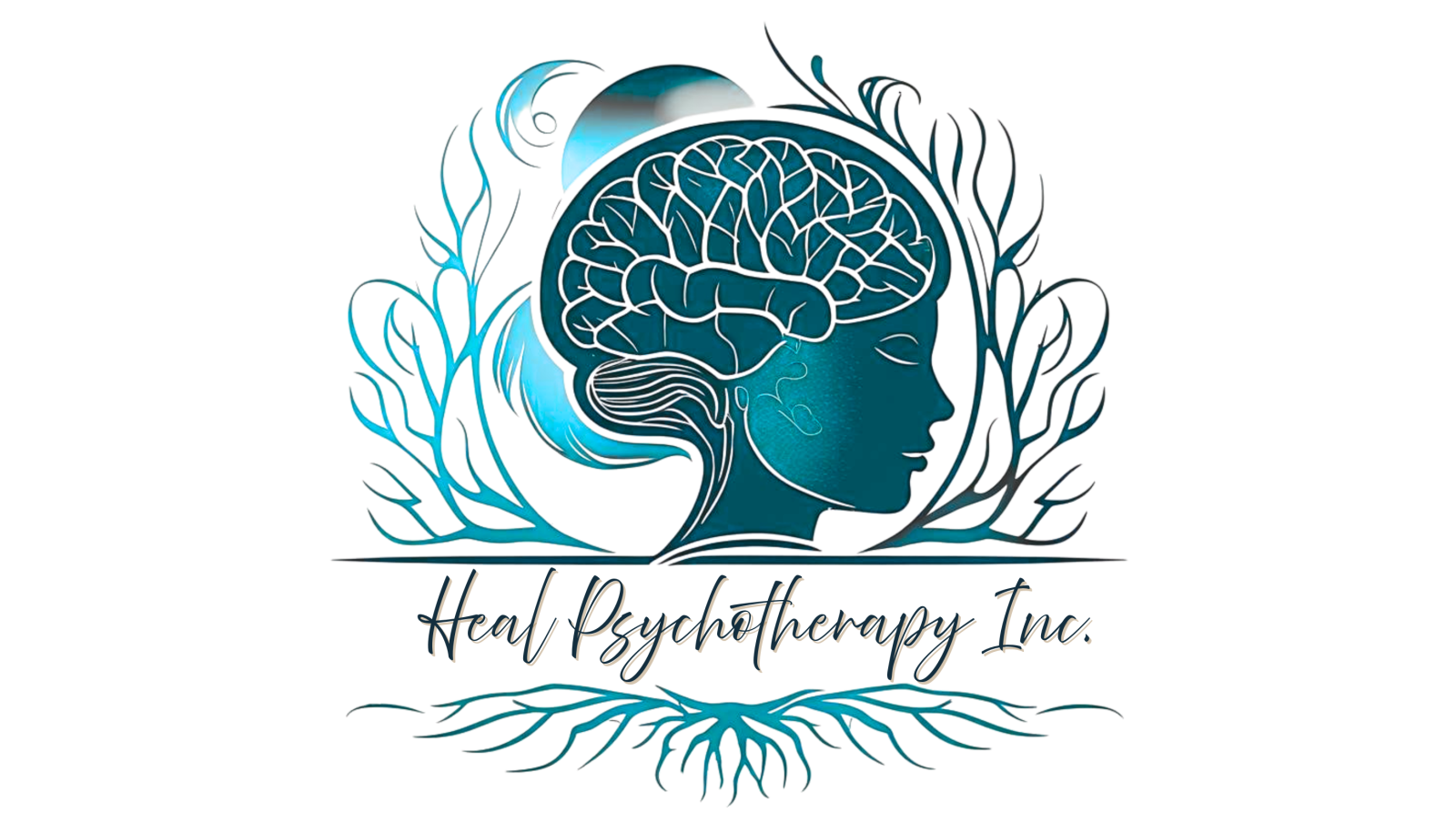Services
heal psychotherapy - in-person and virtual Therapy
Deep Brain Reorienting
An Evidenced-Based
Neuroscientific Approach
to Processing Trauma
"DBR aims to access and process traumatic experience by tracking the original sequence of physiological responses that occurred when the deep brain had been alerted to a threat or an attachment disruption."
Dr. Frank Corrigan, MD

Deep Brain Reorienting (DBR) is a neuroscientific psychotherapy intervention focusing on brainstem-level neurophysiological processes activated during traumatic events. Like other trauma therapies, DBR assists clients in accessing and processing traumatic experiences that continue to affect day-to-day functioning.
Interestingly, the collaborative work in DBR is mainly nonverbal. Clients are directed to find the origin of their body’s response to their traumatic event and use this response. The therapist methodically (and supportively) guides the client through processing the original shock. Current research studies indicate that DBR is an effective method for trauma processing, and additional studies are underway.
DBR Studies
Corrigan, F.M., & Christie-Sands, J. (2020). An innate brainstem self-other system involving orienting, affective responding and polyvalent relational seeking: Some clinical implications for a “deep brain reorienting” trauma psychotherapy approach. Medical Hypothesis, 136. https://doi.org/10.1016/j.
Kearney, B.E., Corrigan, F.M., Freren, P.A., Nevill, S., Harricharan, S., Andrews, K., McKinnon, M.C., & Lanius, R. (2023). A randomized controlled trial of deep brain reorienting: a neuroscientifically guided treatment for post-traumatic stress disorder. European Journal of Psychotramatologym 14(2). https://www.tandfonline.com/
Kearney, B.E., & Lanius, R. (2022). The brain-body disconnect: A somatic sensory basis for trauma-related disorders. Frontiers in Neuroscience, 16, https://doi.org/10.3389/fnins.

